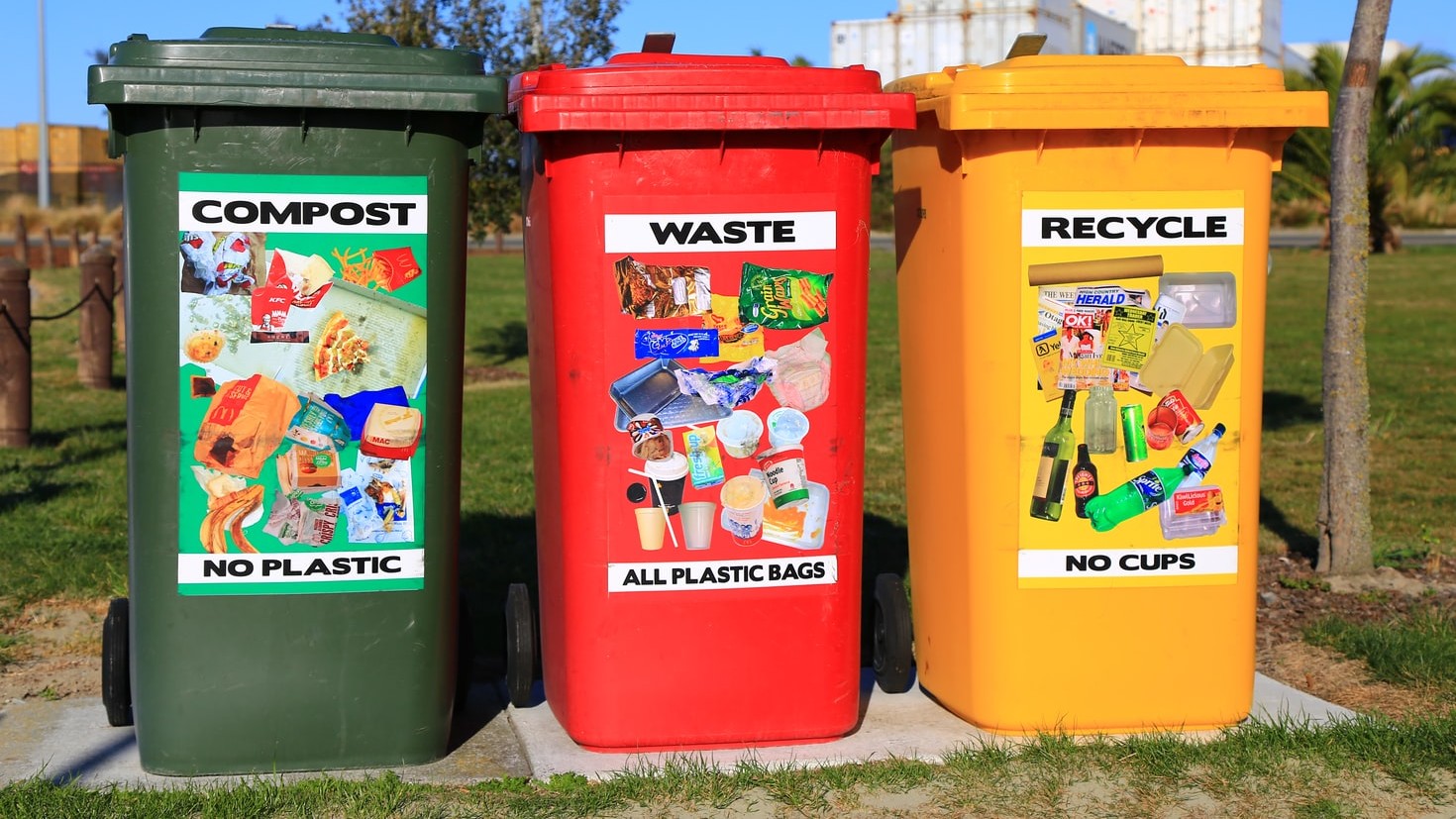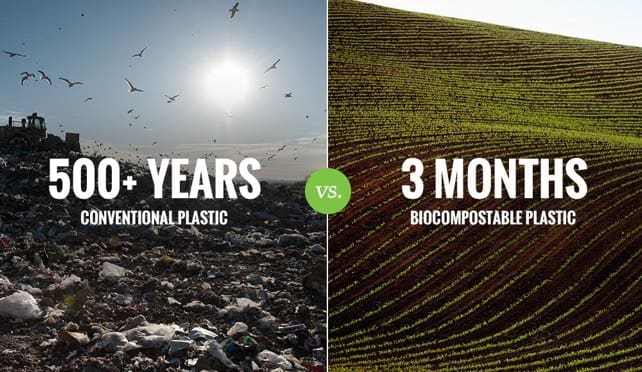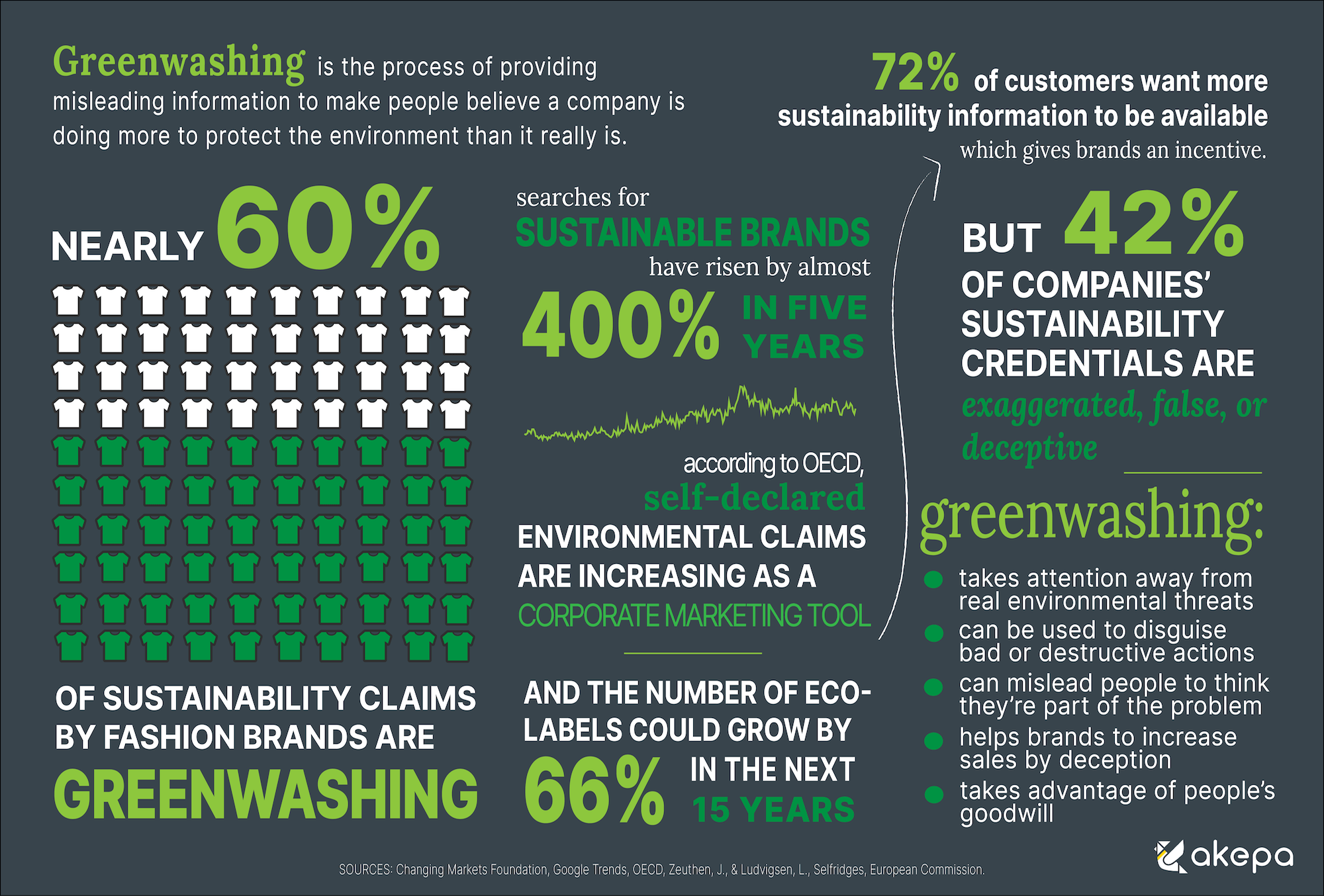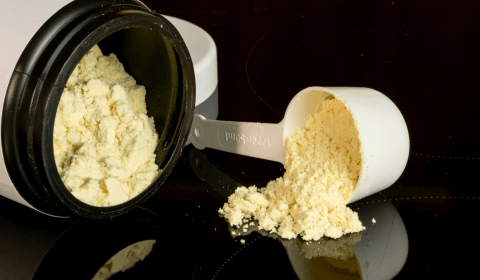With greenwashing tactics increasingly difficult to navigate, environmentally conscious consumers remain sceptical when faced with new sustainability buzzwords adopted by brands pushing cosmetics and skincare products.
As the world becomes more environmentally conscious, so too do the companies eager to generate revenue in the age of hyperawareness.
Though it isn’t necessarily a bad thing, in many circumstances this desire to keep consumers interested has amounted in a great deal of greenwashing, whereby products are touted as being eco-friendly when, in reality, they’re far from it.
This marketing strategy is arguably most prevalent within beauty, one of the planet’s worst offenders in terms of plastic pollution, yet an industry that appears to be upholding such tactics as using overly ‘green’ language on packaging to give false impressions of environmental devotion.
The most recent example of this being the meteoric rise in popularity of ‘clean’ and ‘natural’ cosmetics and skincare products, despite the difficult truth about their contribution to the current climate crisis.
For this reason, upon discovering that compostable beauty had begun inching towards the mainstream, with the brands already involved in its distribution calling it the ‘future of sustainability,’ I was sceptical.
But how does it actually work and is it right that we approach the concept with caution?

A magical solution to the plastic packaging crisis?
Plastic is everywhere. For decades scientists, global leaders, and activists alike have been scrambling to remedy an issue that shows no signs of abating thanks to society’s evermore insatiable rates of consumption.
Unfortunately, our buy, use, bin outlook on the items we’re regularly encouraged to buy is only fuelling this further, especially when it comes to beauty, a sector that produces 120 billion tonnes of throwaway packaging annually.
Acknowledging that the waste this creates is catastrophic for the Earth, some brands and manufacturers have turned their attention to alternative options in an effort to stem the flow (because – as much as it pains me to say this – we can no longer recycle our way out of this mess).
These include incorporating compostable materials like seaweed, wood pulp, and corn into their offerings. Leading the fray in this sphere are Haeckels, On Repeat, Ethique, and April, all of which are keen to inhabit a ‘post-plastic beauty world.’
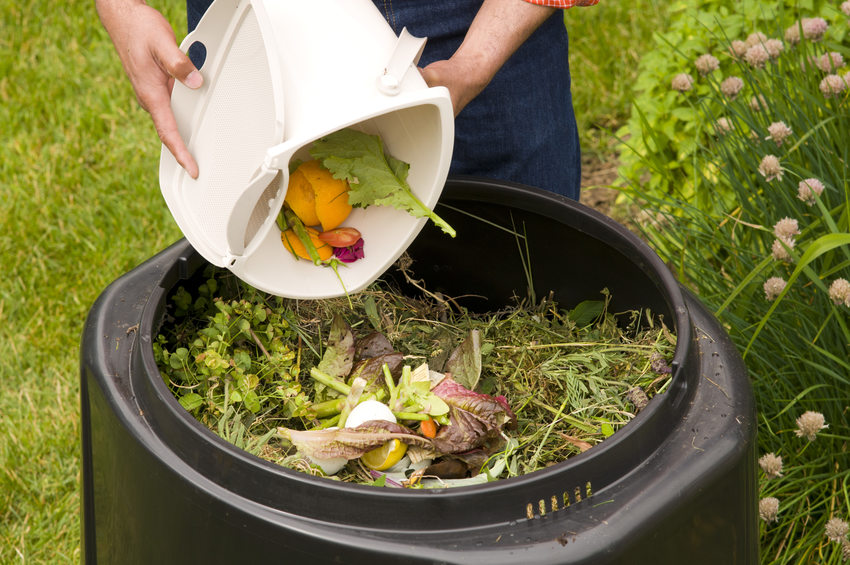
At present, Haeckels is at the forefront of this shift, after switching to using packaging made from Vivomer – a vegan substance made with the help of microbes abundant in soil and marine ecosystems that looks like plastic but is completely home compostable.
Close behind are On Repeat, whose refill pouches break down in compost in 34 weeks and April, whose packaging is certified for home composting, breaking down in approximately six months.
‘We’re champions of new materials, so I think it was always expected that we could move into compostable packaging, but there’s a lot of compostability noises out there, so we have been very focused on testing,’ says Charlie Vickery, managing director of Haeckels.
‘All our compostability claims have been checked by a company called Provenance. It’s all legit.’










